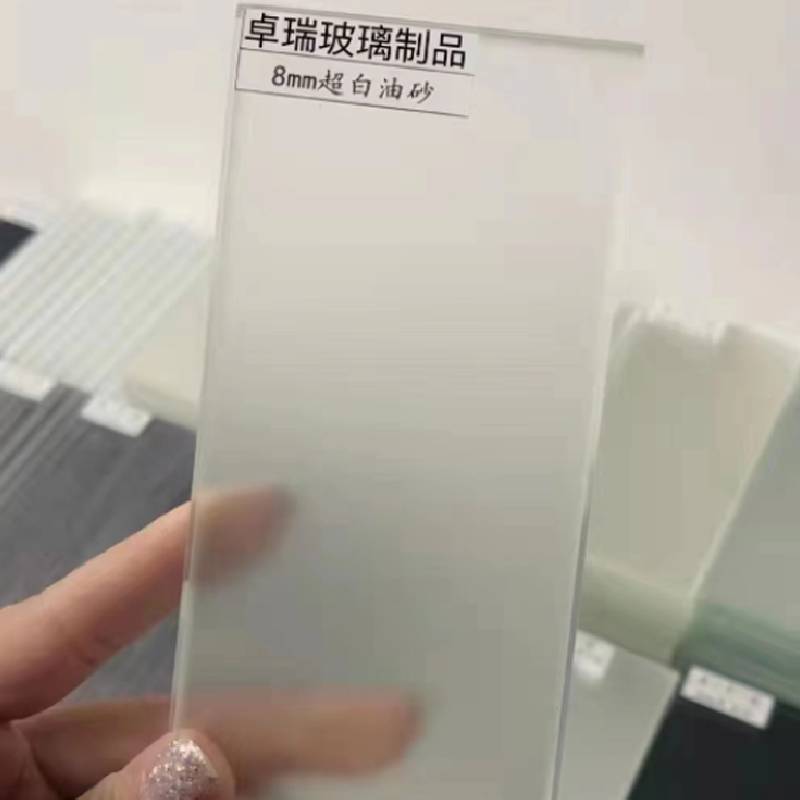The Beauty and Functionality of Architectural Dichroic Glass
In contemporary architecture, the integration of innovative materials is vital to creating spaces that are not only functional but also visually captivating. Among these advanced materials, architectural dichroic glass stands out, captivating architects, designers, and artists alike. This cutting-edge material offers dynamic aesthetics and unique functional features, making it an excellent choice for various architectural applications.
Dichroic glass is renowned for its ability to change color when viewed from different angles or when illuminated by different light sources. This phenomenon occurs due to the microscopic layers of metal oxides that are deposited on the glass's surface, creating a thin film with selective optical properties. The result is a vibrant play of colors that shifts with the viewer’s perspective and the lighting conditions, transforming ordinary spaces into extraordinary experiences.
One of the primary benefits of dichroic glass in architecture is its ability to enhance natural light. In environments where maximizing daylight is critical, such as in offices and public buildings, the use of dichroic glass can diffuse and reflect light in captivating ways. This not only reduces the need for artificial lighting but also promotes a healthier and more invigorating atmosphere. Buildings that feature dichroic glass can become beacons of innovation, drawing attention and admiration while also serving practical energy-efficient purposes.
Dichroic glass is particularly effective in creating focal points in architectural design. Whether used for facades, skylights, or interior partitions, it can transform nondescript surfaces into vibrant displays of color. For example, a building clad in dichroic glass can appear to change throughout the day, reflecting the evolving hues of the surrounding environment and providing a unique visual experience for both occupants and passersby. This adaptability not only enhances the aesthetic appeal but also aligns with the principles of sustainable design by utilizing natural light as a form of artistic expression.
architectural dichroic glass
Moreover, architectural dichroic glass offers versatility in design applications. It can be fabricated into various shapes and sizes, allowing designers to explore their creativity fully. From modular installations to large-scale art pieces, dichroic glass can be tailored to meet specific architectural visions. This versatility extends to its compatibility with other materials, enabling seamless integrations that enhance both form and function. Architects can combine dichroic glass with steel, wood, or concrete, creating innovative structures that push the boundaries of conventional design.
In addition to its aesthetic benefits, dichroic glass also contributes to safety and security. It can be treated to meet stringent safety standards, making it a viable option for high-traffic areas. The glass is also resistant to fading, ensuring its vibrant colors remain intact over time. This longevity translates to reduced maintenance costs and an enduring appeal, reflecting a commitment to sustainable practices.
Despite its many advantages, there are challenges associated with the use of dichroic glass in architecture. The manufacturing process can be complex, and the material can be more expensive than traditional glass options. Therefore, careful planning and budgeting are required during the design phase to ensure the successful integration of dichroic glass. Additionally, architects and designers must consider the impact of the changing colors on the surrounding environment and the potential for distraction, particularly in areas where focus and attention are essential.
In conclusion, architectural dichroic glass represents a remarkable fusion of art and engineering, providing a means to enhance architectural design in both functional and aesthetic ways. As we move towards a future that values creativity, sustainability, and innovation, the use of dichroic glass is likely to become more widespread. Its ability to engage, inspire, and transform spaces makes it an invaluable addition to the architect’s toolkit, inviting a new era of architectural expression that captivates the imagination and elevates the human experience. Incorporating dichroic glass into our built environment opens up limitless possibilities, allowing architecture to reflect the beauty and dynamism of the world around us.
 Afrikaans
Afrikaans  Albanian
Albanian  Amharic
Amharic  Arabic
Arabic  Armenian
Armenian  Azerbaijani
Azerbaijani  Basque
Basque  Belarusian
Belarusian  Bengali
Bengali  Bosnian
Bosnian  Bulgarian
Bulgarian  Catalan
Catalan  Cebuano
Cebuano  Corsican
Corsican  Croatian
Croatian  Czech
Czech  Danish
Danish  Dutch
Dutch  English
English  Esperanto
Esperanto  Estonian
Estonian  Finnish
Finnish  French
French  Frisian
Frisian  Galician
Galician  Georgian
Georgian  German
German  Greek
Greek  Gujarati
Gujarati  Haitian Creole
Haitian Creole  hausa
hausa  hawaiian
hawaiian  Hebrew
Hebrew  Hindi
Hindi  Miao
Miao  Hungarian
Hungarian  Icelandic
Icelandic  igbo
igbo  Indonesian
Indonesian  irish
irish  Italian
Italian  Japanese
Japanese  Javanese
Javanese  Kannada
Kannada  kazakh
kazakh  Khmer
Khmer  Rwandese
Rwandese  Korean
Korean  Kurdish
Kurdish  Kyrgyz
Kyrgyz  Lao
Lao  Latin
Latin  Latvian
Latvian  Lithuanian
Lithuanian  Luxembourgish
Luxembourgish  Macedonian
Macedonian  Malgashi
Malgashi  Malay
Malay  Malayalam
Malayalam  Maltese
Maltese  Maori
Maori  Marathi
Marathi  Mongolian
Mongolian  Myanmar
Myanmar  Nepali
Nepali  Norwegian
Norwegian  Norwegian
Norwegian  Occitan
Occitan  Pashto
Pashto  Persian
Persian  Polish
Polish  Portuguese
Portuguese  Punjabi
Punjabi  Romanian
Romanian  Russian
Russian  Samoan
Samoan  Scottish Gaelic
Scottish Gaelic  Serbian
Serbian  Sesotho
Sesotho  Shona
Shona  Sindhi
Sindhi  Sinhala
Sinhala  Slovak
Slovak  Slovenian
Slovenian  Somali
Somali  Spanish
Spanish  Sundanese
Sundanese  Swahili
Swahili  Swedish
Swedish  Tagalog
Tagalog  Tajik
Tajik  Tamil
Tamil  Tatar
Tatar  Telugu
Telugu  Thai
Thai  Turkish
Turkish  Turkmen
Turkmen  Ukrainian
Ukrainian  Urdu
Urdu  Uighur
Uighur  Uzbek
Uzbek  Vietnamese
Vietnamese  Welsh
Welsh  Bantu
Bantu  Yiddish
Yiddish  Yoruba
Yoruba  Zulu
Zulu 

